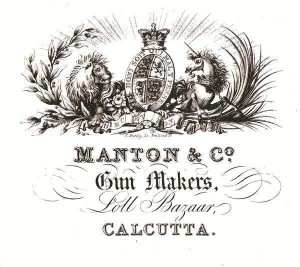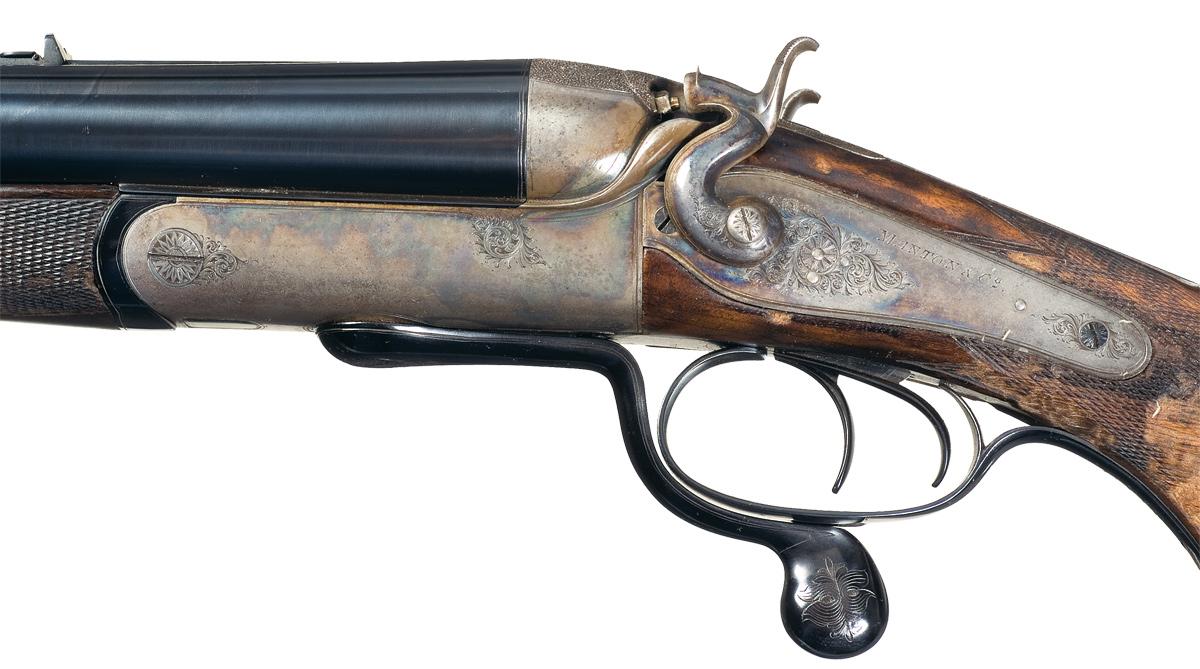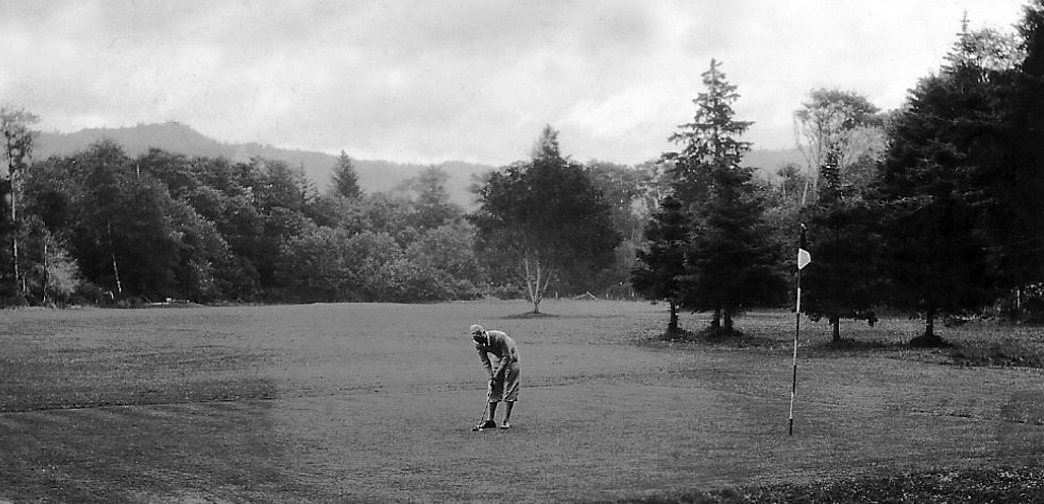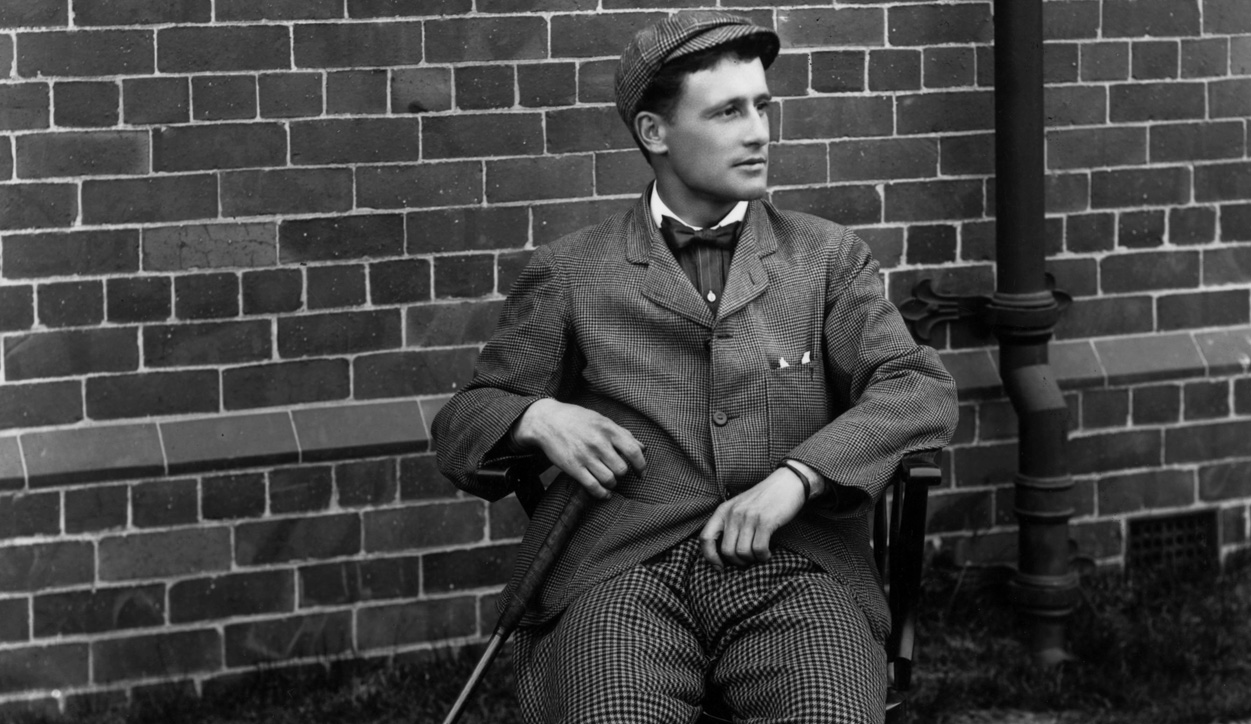Manton: Calcutta
 It was in the city of Calcutta, that the first golf club outside the British Islands was established in 1829.
It was in the city of Calcutta, that the first golf club outside the British Islands was established in 1829.
To really appreciate the fact, one has to compare the year 1829 to the other happenings in the timeline of world golf. When the Royal Calcutta Golf Club was established, the Royal & Ancient Golf Club at St. Andrews was still five years away from seeing light of the day (however, the Society of St. Andrews Golfers had been formed in 1754). It would take another 19 years for gutta percha to replace the feathery ball and 22 years before the world would see the first professional golfer in the form of England’s Willie Park. And the Americans would have their first tryst with golf about 60 years later.
The British, obviously smitten by the game, took it to wherever they established their rule. The nineteenth century saw a mushrooming of golf clubs in India. The founding of the Royal Calcutta Golf Club was followed by the now-defunct Royal Bombay Golf Club in 1842 and the Bangalore Golf Club in 1876. The Madras Gymkhana Golf Club was established in 1877, and 11 years later, Chennai got its second course in the form of the Cosmopolitan Golf Club. The Shillong Golf Club incorporated a golf course in 1886. Up north, Srinagar was the first city to have its own course somewhere in 1880s, followed by Gulmarg in 1891.
Here’s some info on the Manton sporting company found on the Web. Manton was cheifly an importer of fine British guns for many decades before they dabbled in golf equipment. I found one referece that states that they began a formal association with Royal Calcutta GC (est. 1829) in 1917. That is clearly after the Stewart Manton club on our site was exported (it is a pre-1905 Stewart).
To begin with at Manton in India, there wasn’t a salesman. According to Teasedale-Buckell, Joe Manton sent his son Frederick to open a branch in Calcutta – in 1820, when the business was still going strong. Then again, the bankruptcy doesn’t seem to have a connection to the establishment of the company, since Manton & Son was founded in 1825, and Joe Manton’s bankruptcy occurred later. Teasedale-Buckell gives 1829 as the year Joe was put to debt jail, but the first bankruptcy came in 1826; however, Joe Manton’s business was carried on and off afterwards. Finally, the bankruptcy wasn’t something that stopped Joe Manton in his tracks once and for all. According to Peter Hawker’s diaries, in 1829 the business was operating, even though ‘in the hands of the Philistines’ (external management?) Apparently, without old Joe’s eye, the quality diminished, as Hawker states that personal control was necessary to ensure that the job was done right. So, there was someone to execute the orders, at least in the first years after Manton and Son (Manton and Co) foundation.
In 1825 Manton & Son is started in Calcutta, presumably by same Frederick Manton. This causes some confusion, as there was another Manton & Son establishment in London, but this was run by John, not Joseph, Manton. I also found someone quoting John Blackmore’s Gunmakers of London, that Manton & Son was founded by Frederick Manton, but managed by other sons of Joe Manton, John Augustus from 1828 to 33 and Edward from 1834 to 46. Curiously, John Augustus was also imprisoned for debt (runs in the family, heh?) in 1836.
At some further point the firm was renamed Manton and Co, which may or may not be coincidal with a change in ownership. To quote Teasdale-Buckell, “The business of Manton and Co. was purchased by Mr. William Robert Wallis about the year 1847; he worked the business successfully until his retirement from India in 1878, when the same was taken over and is now worked by his sons. The firm has flourished, and has held the appointment of gunmakers to every Viceroy of India, and bears the highest reputation as the pioneer gunmakers in India.”
While Joseph Manton could be defined by the Boss slogan “maker of best guns only”, Manton and Son was different. They dealt not only in sporting firearms, but also officers’ swords and lance heads, a web search turns up lots of those marked Manton & Co. There’s one military musket bearing Manton and Co name – a very crude and cheap thing, actually – but the experts believe it to be a gun assembled in India off parts, and converted, perhaps for sporting purposes.
By the late XIX century Manton & Co apparently sold all kinds of weapons. They had their guns made for them in England, and also apparently in Germany, and, presumably, in Belgium. However, they could supply their client with the best gun, as testified by the fact that they were gunmakers to Viceroys of India, the fact they proudly stated on their guns. Maharaja Cooch-Behar, a demanding customer and a Holland & Holland fan, writes that he had a couple of double rifles, a .450 and a .400 NE, made by Manton & Co, and describes them as “excellent weapons in every way and leave nothing to be desired”
 Apparently, by the 20th century, Manton & Co became a dealer of all kinds of weapons by catalogue. The content page of the 1926 catalogue (which can be had as a reprint, I don’t have it, only looked up the front page online) mentions weapons as diverse as muzzleloaders and Mauser ‘broomhandle’ pistols. A recent article in African Hunting Gazette speaks about Manton & Co double rifles as solid, but plain workhorses.
Apparently, by the 20th century, Manton & Co became a dealer of all kinds of weapons by catalogue. The content page of the 1926 catalogue (which can be had as a reprint, I don’t have it, only looked up the front page online) mentions weapons as diverse as muzzleloaders and Mauser ‘broomhandle’ pistols. A recent article in African Hunting Gazette speaks about Manton & Co double rifles as solid, but plain workhorses.
The company is still in existence, but since the export of guns into India was banned in 1984, it doesn’t deal in firearms or ammunition.
There’s a curious lawsuit brought by Manton & Co against Indian government in 1965. Apparently, the government misunderstood the self-designation of ‘gunmaker’, and applied to the company the regulations which were normally applied to manufacturing plants. The company claimed that it did not in fact make any guns, and all their stuff of 46 were either office workers or gunsmiths employed for repair and maintenance of guns. Incidentally, the same lawsuit mentions that the firm was transferred to Indian ownership after the country gained independence. Confiscated?
This is connected to the question if Manton and Son, in their early days, had a production unit in India, or it was a trading operation only. The general opinion is that they never made any guns themselves, and the data from the lawsuit supports that, at least within the breechloading period. But what about the early days, when a gunmaker didn’t need either to have a steam engine for making actions etc. or to outsource from one which had?
It could be assumed, that in 1820s Joe Manton already experienced financial difficulties, and probably the decision to explore the Indian market and sending Frederick there was prompted by the same reasons. But which market was meant – one for sporting weapons, or for military ones? Was there an attempt of catering for the needs of East India Company regiments, ensuring orders locally – or was it a sporting gun business from the start? Militaria and generally weapons designed for killing [censored] sapiens are out of the field of my interest, so I am at a loss here.
And, then again, why did the company with Joe Manton’s name took hold in India but not in Britain? That was certainly not due to lack of trying, for they kept a London address. But it didn’t seem to work out.
Was it that the British consumer was more sophisticated and well-read than an Indian expat?
Or did Manton & Co manage to gain a stronghold in India before the confusing news about Joe Manton being out then back in then out again reached the subcontinent?
A risk that paid off, with the Indian consumers having no alternative than to go to Manton and Co, no matter what they thought or had read?
Or was it that the product they offered was nothing special in England but a rare and valuable commodity in India?
Whatever the reason, it goes to show that having a good name is not enough. It’s satisfying the customer that counts.







